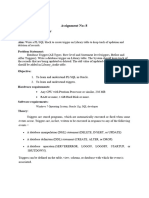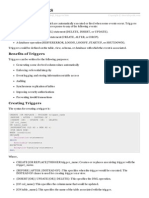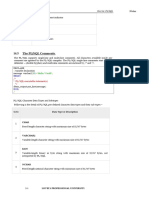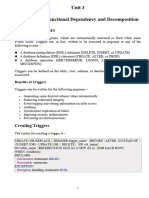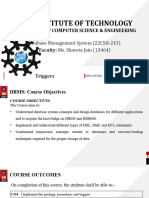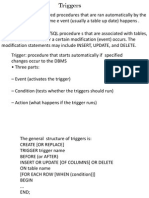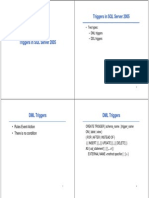0% found this document useful (0 votes)
30 views13 pagesUnit 4 SQL
The document provides an overview of PL/SQL functions and triggers, detailing their creation, usage, and characteristics. Functions return values and are defined using the CREATE FUNCTION statement, while triggers are automatically executed in response to specific events such as DML or DDL operations. The document also outlines the syntax for creating triggers and their various types, including row-level and statement-level triggers.
Uploaded by
vavemos441Copyright
© © All Rights Reserved
We take content rights seriously. If you suspect this is your content, claim it here.
Available Formats
Download as PDF, TXT or read online on Scribd
0% found this document useful (0 votes)
30 views13 pagesUnit 4 SQL
The document provides an overview of PL/SQL functions and triggers, detailing their creation, usage, and characteristics. Functions return values and are defined using the CREATE FUNCTION statement, while triggers are automatically executed in response to specific events such as DML or DDL operations. The document also outlines the syntax for creating triggers and their various types, including row-level and statement-level triggers.
Uploaded by
vavemos441Copyright
© © All Rights Reserved
We take content rights seriously. If you suspect this is your content, claim it here.
Available Formats
Download as PDF, TXT or read online on Scribd
/ 13


